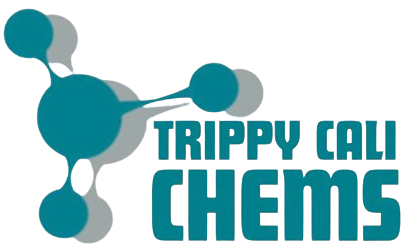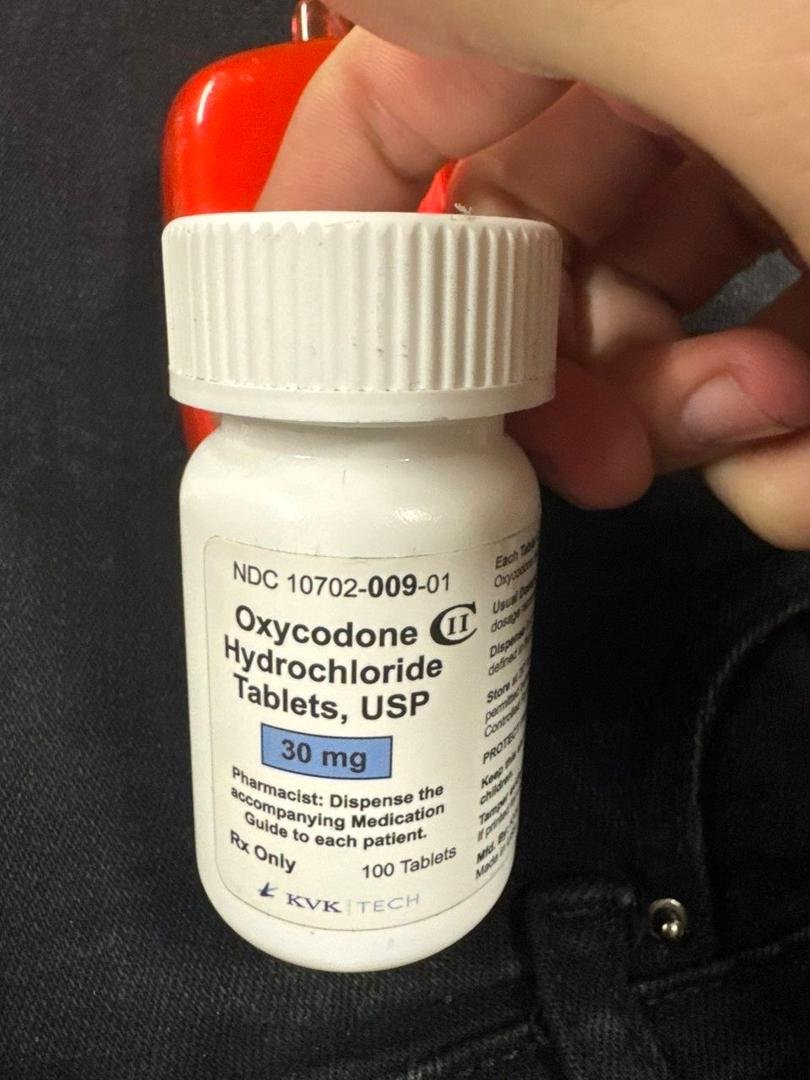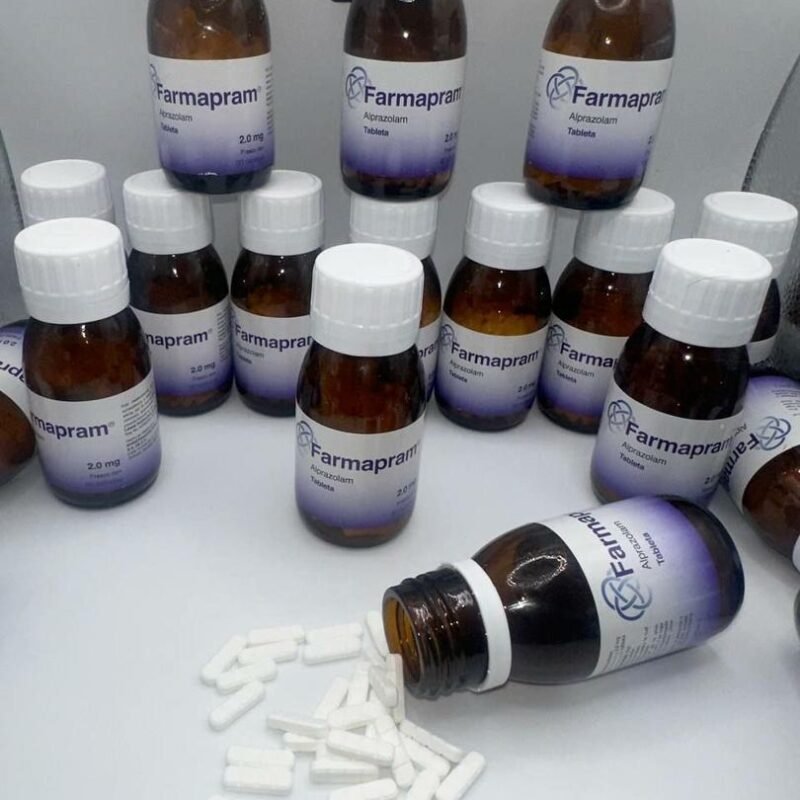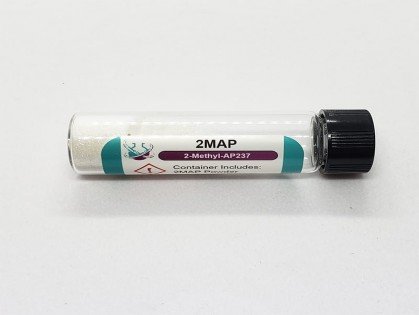Oxycodone 30 mg – Educational Guide & Pharmacology Overview
Looking to learn about Oxycodone 30 mg from a clinical and pharmacological perspective? This educational guide covers everything from drug classification, pharmacodynamics, dosage recommendations, side effects, and safety measures, to legal considerations and its role in medicine. Whether you’re a medical student, healthcare professional, or researcher, this article enhances your understanding of oxycodone’s use for pain management and its broader implications.
What Is Oxycodone 30 mg?
Oxycodone is a semi-synthetic opioid derived from thebaine, primarily used to treat moderate to severe pain through oral administration ([DrugBank, Wikipedia]) ASHPWikipedia+1DrugBank+1. It functions as a potent μ‑opioid receptor agonist with analgesic, antitussive, sedative, and euphoria-inducing effects PubChem.
Formulations & 30 mg Dose
Oxycodone is available in both immediate-release and controlled-release oral tablets, spanning strengths from 5 mg to 80 mg, including a 30 mg strength NCBI+1FDA Access Data+1. It’s critical to avoid crushing or chewing extended-release tablets to prevent unintended overdose SpringerLink+15NCBI+15MedlinePlus+15.
Pharmacokinetics & Metabolism
Oxycodone boasts 60–87% bioavailability when taken orally. It is moderately protein-bound (38–45%) and metabolized extensively in the liver via CYP3A4 and CYP2D6, with approximately 95% of the dose recovered in urine as metabolites Wikipedia+1SpringerLink+1.
Recommended Dosing
Immediate‑release tablets (e.g., 30 mg):
Adults (opioid‑naïve): typically start at 5–15 mg every 4–6 hours; a 30 mg dose is used in opioid-tolerant patients or very severe pain Mayo Clinic+1nhs.uk+1.
Extended‑release formulations:
Typically administered at 10–30 mg every 12 hours for chronic pain; 30 mg is a moderate mid-range dose PubChem+14NCBI+14nhs.uk+14.
Dosing must be tailored to patient-specific needs and tolerance.
Safety, Side Effects & Adverse Events
Common side effects include: constipation, nausea, vomiting, dizziness, sedation, sweating, dry mouth DrugBank.
Serious risks: Respiratory depression (can be fatal), hypotension, euphoria, physical dependence, and risk of misuse DEAMedlinePlus.
Extended or combined use with acetaminophen may lead to liver toxicity DEAMayo Clinic.
Withdrawal & Overdose
Abrupt discontinuation can result in anxiety, insomnia, muscle aches, fever, and other flu-like symptoms. Overdose may cause slowed breathing, pinpoint pupils, unconsciousness, coma, and death WikipediaDEA.
Special Populations & Use Considerations
Elderly or hepatic impairment: initiate at lower doses (e.g., 5 mg), titrate carefully NCBI+1Therapeutic Goods Administration (TGA)+1.
Pregnancy/Breastfeeding: crosses placenta; neonates may experience withdrawal syndrome Wikipedia+13NCBI+13Mayo Clinic+13.
Renal impairment: monitor closely if creatinine clearance <30 mL/min NCBI+1U.S. Food and Drug Administration+1.
Drug Interactions
CYP3A4 inhibitors (e.g., macrolides, azoles, protease inhibitors) can increase oxycodone levels and risk respiratory depression. Inducers may reduce efficacy. Combining with benzodiazepines or alcohol intensifies sedation and respiratory risk U.S. Food and Drug Administration.
Legal & Responsible Use
Oxycodone is a Schedule II controlled substance in the U.S., requiring a prescription and tight regulation DrugBank+3Wikipedia+3DEA+3. In the U.K. and other regions, it’s classified under similarly stringent categories. Disposal regulations require safe return or flushing unused doses Mayo Clinicnhs.uk.
Educational Value & Clinical Relevance
Studying oxycodone offers insights into opioid pharmacology, receptor signalling, analgesia mechanisms, addiction pathways, and overdose risk. It also demonstrates principles of pharmacokinetics, metabolism, and tailoring drug therapy to vulnerable populations. Understanding oxycodone provides a foundational model for broader pharmacological education.
Resources for Further Study
DEA Oxycodone Factsheet – details pharmacology, effects, and legal scheduling Wikipedia
MedlinePlus entry – outlines safety warnings and patient counseling points MedlinePlus
NCBI Bookshelf (StatPearls) – comprehensive overview of dosing and clinical considerations NCBI
Conclusion
Oxycodone 30 mg is a potent opioid requiring careful dosing, monitoring, and adherence to guidelines. This educational overview equips healthcare professionals, researchers, and students with the clinical insight necessary for safe and informed handling of potent analgesics. Always prioritize patient safety, legal compliance, and ethical best practice.









Reviews
There are no reviews yet.